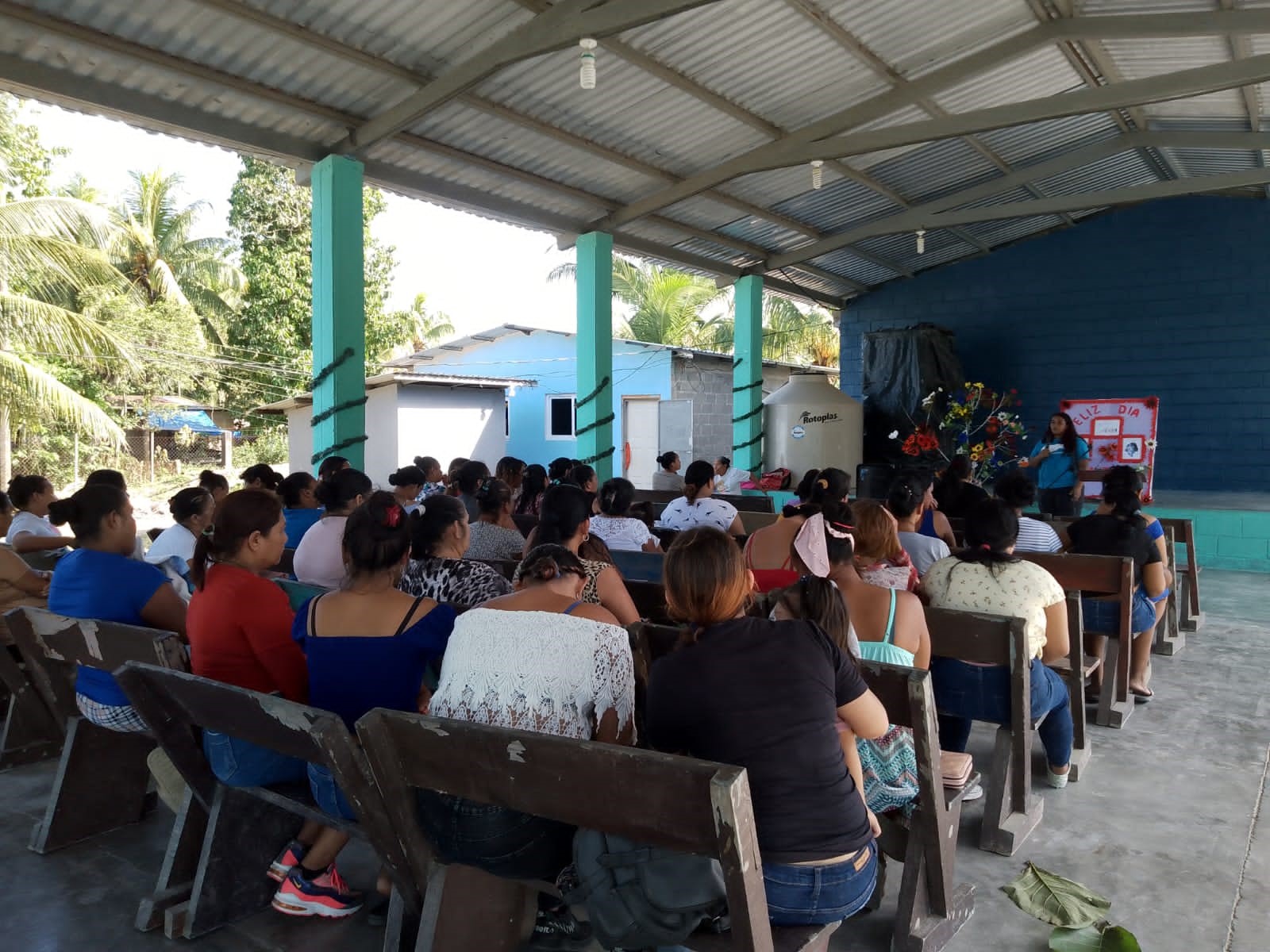Finding the right school for your child is one of the most important decisions a parent can make. Studies show that the school environment and quality of education have a significant impact on a child’s development, future academic success, and even income level later in life. With so much at stake, it’s essential to take the time to thoroughly research schools and make an informed choice that aligns with your child’s needs. The school you choose will shape your child’s learning experience, social relationships, extracurricular opportunities, and so much more during their formative years. While public schools are free and a good choice for many families, other options like private schools, charter schools, parochial schools, and magnet schools each have their own pros and cons to consider. With school choice expanding across the country, taking advantage of open enrollment policies, and trying to see through exaggerated marketing claims, the process can certainly feel overwhelming! But paying close attention to factors like academic rigor, student culture, class size, location and transportation, and tuition costs can help narrow it down. This article covers key things for parents to consider when picking the elementary, middle or high school that will put their child on the path to success.
Know Your Child
Every child has unique needs, interests, strengths and weaknesses that should be considered when choosing a school. Get to know your child well and think about what environment would allow them to thrive.
- Learning style – Is your child a visual, auditory or kinesthetic learner? Do they prefer lots of hands-on activities or thrive in lecture-based classrooms?
- Personality – Is your child introverted or extroverted? Do they need more opportunity for independent study or group collaboration?
- Goals – What are your child’s academic and career goals? Do they need support in certain subjects or access to specific programs?
- Strengths/weaknesses – Does your child need extra help in reading, writing or math? Or do they excel in certain subjects and need more challenging coursework?
By understanding your child’s unique abilities and needs, you can find a school that caters to their learning style, engages their strengths, and provides support in weaker areas. The right environment will allow your child to feel confident, motivated and successful in their education.
Public vs Private vs Charter
When choosing a school for your child, one of the biggest decisions is whether you want to enroll them in a public, private or charter school. Each type of school has its own pros and cons.
Public Schools
- Public schools are funded by the government and do not charge tuition. This makes them the most affordable option.
- They must follow state educational standards and testing requirements. The curriculum, class sizes, and resources may be dictated by the district.
- Some exceptional public schools offer gifted programs, innovative teaching methods, and ample resources. Others struggle with large class sizes, lack of funding, and limited academic options. The quality can vary greatly depending on the school district.
- Most areas assign students to public schools based on geography. You may have limited public school options unless you move or apply for transfers.
Private Schools
- Private schools are independently funded through tuition payments and private donors. Many are affiliated with religious organizations or serve specialized populations.
- They have more autonomy over curriculum, standards, teaching methods and student discipline policies. Private schools are not required to follow state testing and standards.
- Class sizes tend to be smaller and programs like arts, athletics and academics may be more robust. However, tuition is expensive and financial aid limited.
- Private schools can be selective in admissions. Many have competitive application processes, entrance exams, and requirements like interviews, test scores and grades.
Charter Schools
- Charter schools are independently operated public schools that are exempt from many regulations. They receive public funding, but function more like private schools.
- They have flexibility over budget, curriculum, standards, hiring and governance, allowing more innovation. However, accountability for academic results may also be higher.
- Charter schools are open to all students, with enrollment determined by randomized lottery if demand exceeds capacity. There are no entrance requirements.
- Since funding is limited, class sizes, extracurriculars, and facilities may be lacking compared to private schools. But charters offer an affordable alternative to private schools with more opportunities for innovation and flexibility.
Key Differences
When evaluating public, private or charter schools, look at factors like cost, selectivity, academic focus, teaching methods, resources, class sizes, location, religious affiliation, and the ability to meet your child’s needs. Attend open houses and tours to get a feel for each school’s community and culture as well.
Academics
When evaluating schools, take a close look at their academics and curriculum. Here are some key factors to consider:
- Standardized test scores – Review average test scores to compare academic performance at different schools. Look at scores over multiple years to see trends. However, don’t rely solely on test scores, as they don’t give the full picture.
- Curriculum – Does the school offer advanced classes, electives and special programs that align with your child’s needs and interests? Look for a well-rounded curriculum.
- Class sizes – Smaller class sizes allow for more individual attention. Ask about typical class sizes for each grade level.
- Teacher qualifications – Look at factors like teacher certification, education levels, and years of experience. Well qualified teachers can make a big difference in your child’s education.
- Specialty programs – If your child has specific interests, look for schools that offer quality programs in those areas, like STEM, arts, dual language immersion and more.
- Accreditation – Make sure the school is fully accredited by an authorized regional or national accrediting organization. This ensures quality standards are met.
Thoroughly vetting a school’s academics will give you an in-depth understanding of the learning environment and help you make the best choice for your child. Compare offerings at each school you’re considering.
Related Post: There’s Freedom in School Choice
Extracurriculars
Extracurricular activities can play a major role in a child’s education and development. The offerings and opportunities a school provides in sports, arts, clubs and other areas are important factors when choosing the right fit.
Sports
What sports does the school offer? Are they competitive or more recreational? Team sports like soccer, basketball and volleyball teach teamwork, discipline and leadership. Individual sports like tennis, swimming and gymnastics encourage self-confidence and independence. Make sure the offerings match your child’s athletic interests and abilities.
Arts
Exposure to visual arts, music, theater and dance can stimulate creativity, self-expression and learning. Does the school have dedicated art and music teachers? Are there opportunities for productions, galleries or concerts? Arts programs enrich education. Assess if programs are high quality and fit your child’s talents.
Clubs/Activities
Academic clubs like math, science and debate build knowledge and skills. Service clubs teach community involvement and leadership. Hobby and special interest clubs cater to diverse passions like STEM, environment and government. Ensure options align with your child’s needs and desires. A range of clubs signifies engagement opportunities.
Resources
The quality of the resources available at a school can have a significant impact on your child’s education. Here are some key factors to consider:
- Teachers – Examine the qualifications and experience of the teachers. How long have they been teaching? What training and education do they have? Observe some classes to get a sense of the teachers’ skills and teaching styles. Talk to other parents about the quality of instruction.
- Facilities – Take a tour of the school to assess the condition and adequacy of the facilities. Pay attention to classrooms, libraries, computer labs, gymnasiums, athletic fields, cafeterias, etc. Are the facilities modern, clean, well-maintained and conducive to learning?
- Technology – Find out what educational technology and tools are available for students. Is there ample computer and device access? Are classrooms equipped with interactive whiteboards, 3D printers or other tech? What platforms, software and apps are used? Assess if technology is meaningfully integrated into instruction.
- Resources – Look at the textbooks, educational materials, library resources, arts supplies, and other academic resources provided. See if they are high quality, up-to-date, and adequately provide for the number of students. Try accessing digital resources like journals and media to evaluate breadth.
- Support Staff – Consider the availability of support staff like instructional aides, tutors, counselors, nurses, psychologists and learning specialists. Find out student-teacher ratios for academic and support staff. This indicates how much access and attention each child gets.
Thoroughly investigating the quality of the resources at prospective schools will help you determine if they provide everything needed for your child to succeed academically. Select a school that makes ample investments in exceptional teachers, facilities, technology, materials and support staff.
Culture and Fit
An important factor when choosing a school is whether it’s a good culture and environment fit for your child. Every school has its own unique mission, values and culture that shapes the overall student experience. As a parent, take time to research and reflect on the school’s culture and whether it aligns with your family’s principles and goals for your child.
Visit schools and get a firsthand feel for the environment. Observe student interactions, school facilities, classrooms, etc. Talk to teachers, parents and students to get an inside view. Look at the school’s website and handbook to understand their approach to education, values and discipline. Examine extracurricular offerings as this contributes to school culture. Consider your child’s personality – do they thrive better in small or large environments? Competitive or collaborative ones? Structured or self-directed learning? Urban, suburban or rural settings? Secular or faith-based?
Finding an optimal culture fit will allow your child to feel comfortable, engaged and part of a community, enabling them to grow both academically and socially. The ideal school environment will nurture their interests and way of learning, providing stability but also pushing them in positive ways. While no school is perfect, choose one where your child can build confidence, follow their dreams, and reach their potential.
Location and Transportation
One of the most important considerations when choosing a school for your child is the location and transportation options available. Some key factors to think about include:
- Distance from Home – Consider how far the school is from your home and if the commute is manageable for your family. A long commute not only means more time on the road, but could also impact your child’s sleep schedule, ability to participate in before/after school activities, etc. Evaluate different routes and transportation options.
- Transportation Provided – Some schools offer bus transportation while others do not. See if the school provides busing from your area or if you’d have to drive your child each day. For younger children especially, having school bus transportation can make the school more accessible.
- Public Transportation Options – If you live in an urban area, consider whether your child can take public transportation like the subway, bus or train to get to school. This allows more independence as they get older. Check the reliability and routes of nearby public transit.
- Walkability – Can your child safely walk or bike to the school? The ability to walk gives them independence and flexibility. Make sure to evaluate any major roads or intersections they’d need to navigate.
- After School Logistics – Consider how your child will get to and from any after school activities, sports or tutoring. Proximity to the school makes this easier. Look at late bus options too.
- Traffic Patterns – Drive the route during peak times to assess traffic conditions and travel time. Ensure the commute is feasible for your schedule.
Evaluating location and transportation logistics will help ensure your child can reliably and safely get to the school site each day.
Cost: Weighing Tuition and Financial Aid Options
Choosing a school based on cost and financial aid options is an important consideration for many families. While private schools often have high tuition rates, the actual cost can vary dramatically based on available financial aid. Public schools may seem “free,” but can still incur costs through fees, books, transportation, etc. Here are some factors to weigh when evaluating cost:
- Tuition Rates: Compare base tuition rates across schools you are considering. Private school tuition varies greatly, with some over $40,000/year and others under $10,000. Public schools have no base tuition, but remember to factor in other costs.
- Financial Aid: Many private schools offer robust financial aid, with packages covering 50-100% of tuition. Meet with financial aid officers to discuss aid options before removing a school due to sticker price alone. Aid eligibility and award amounts depend on your family’s financial profile.
- Cost of Attendance: Look at the total estimated cost of attendance, including tuition, fees, books, transportation, etc. Public schools may have many hidden costs or require paying for activities and materials. Actual out-of-pocket costs can vary widely.
- Value Proposition: Compare costs against academics, programming, outcomes and the overall value provided. A school with higher tuition may deliver outsized value through exceptional academics, facilities, connections and resources. Determine what matters most.
Thoughtfully evaluating both affordability and value can help find the optimal balance. Being an informed consumer when weighing financial aid packages and true costs is key to choosing a great academic investment within your family’s budget.
Choosing the right school for your child is one of the most important decisions a parent can make. With so many factors to consider, it can feel overwhelming. The key is to start your research early, learn as much as you can about the different options in your area, and choose the school that seems like the best overall fit for your child’s needs, interests and learning style.
Throughout this article, we’ve covered some of the main things for parents to think about when evaluating schools, including academics, extracurricular activities, resources, culture and fit, location and transportation, and costs. While every child and family situation is unique, the goal is to find an environment that will allow your child to thrive socially, emotionally and academically.
As you narrow down your options, schedule tours and classroom observations at your top choices. Talk to other parents, teachers and students to get insights about the school environment and culture. Read school reviews, but take them with a grain of salt, as they rarely represent the full picture. Most importantly, include your child in the process when possible, and choose the place you believe will best help them develop a lifelong love of learning. With research and planning, you can make an informed decision you feel confident about.
Related Posts:






